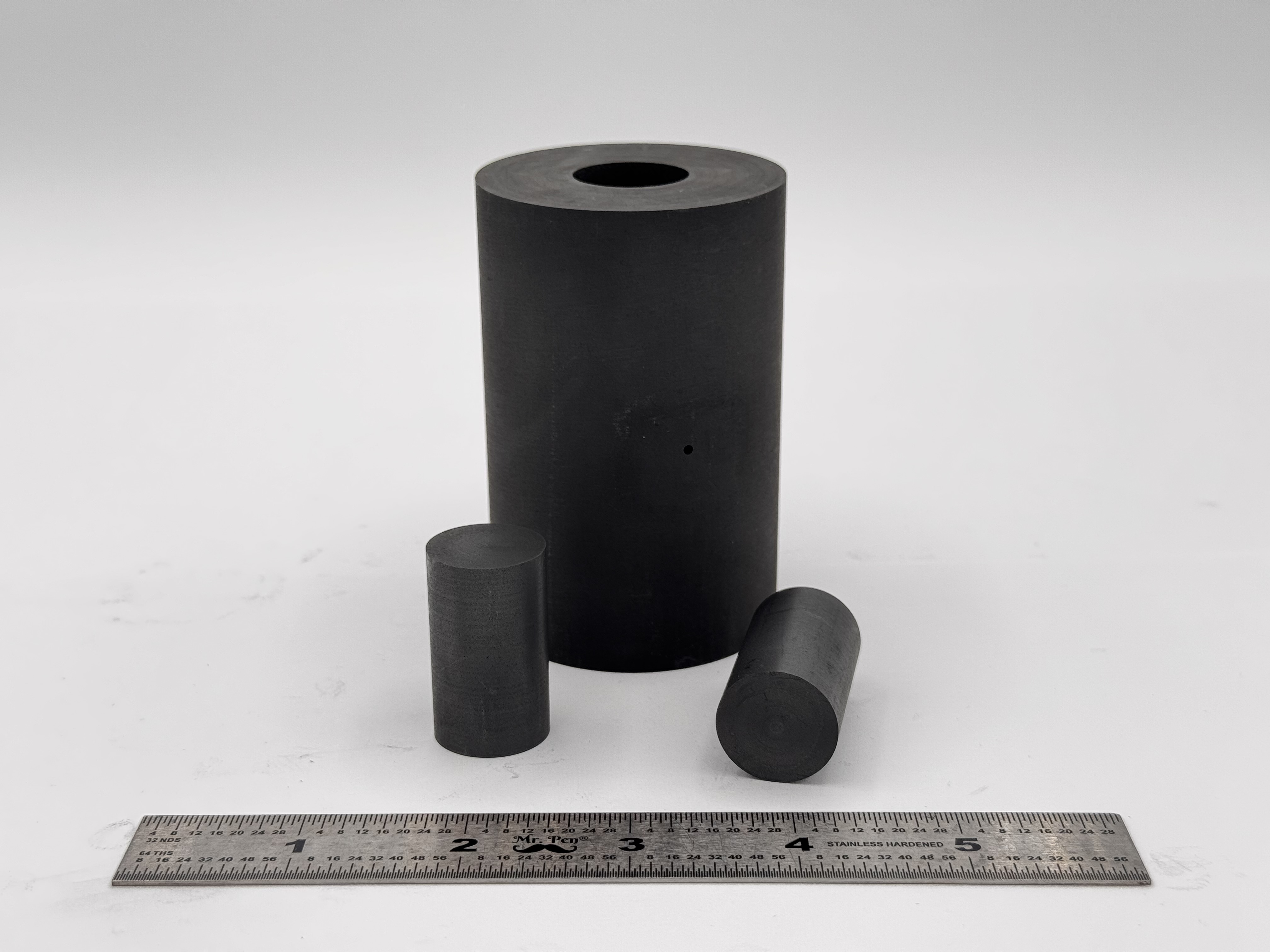Cryogenic Milling: Unlocking Enhanced Surface Area for Absorbents and Catalysts
In the fascinating world of materials science, the size of particles holds the key to unlocking enhanced performance in critical applications like absorbents and catalysts. These microscopic agents play a vital role in diverse industries, ranging from environmental protection to chemical synthesis. What if we told you that achieving the optimal particle size could significantly boost their efficiency? Enter the dynamic duo: particle size and surface area. In this exploration, we unravel the intricate relationship between particle size, surface area, and the game-changing technique of cryogenic milling.
Particle Size and Surface Area: A Symbiotic Relationship
At the heart of the matter lies the concept of surface area – the interface where molecules interact. In the realms of absorbents and catalysts, greater surface area translates to increased opportunities for molecules to bond, react, or be absorbed. Here's where particle size enters the scene. Smaller particles possess larger surface areas relative to their volume, effectively magnifying their capacity for interactions. Imagine it as a bustling marketplace where more stalls mean more transactions. In the same way, more surface area leads to more molecular interactions, boosting the efficiency of absorbents and catalysts.
Cryogenic Milling: The Chilled Marvel
Now, let's talk about the groundbreaking technique that's reshaping particle size engineering – cryogenic milling. Traditional milling methods can sometimes fall short in achieving precise and consistent particle sizes. This is where cryogenic milling steps in, offering a transformative solution. The process involves subjecting materials to ultra-low temperatures using liquid nitrogen or other cryogenic gases. This extreme cold makes materials extremely brittle, facilitating controlled fracturing into finer particles.
Advantages of Cryogenic Milling:
Fine Particle Control: Cryogenic milling enables engineers and scientists to finely tune particle sizes, achieving the optimal range for enhanced surface area.
Uniform Distribution: The technique produces particles with a more uniform size distribution, reducing variations in performance and ensuring consistent results.
Surface Area Boost: By breaking down materials into smaller particles, cryogenic milling effectively maximizes surface area, amplifying absorbent capacity and catalytic activity.
Preservation of Properties: The low temperatures in cryogenic milling minimize the risk of material degradation, ensuring that the intrinsic properties of the particles remain intact.
Innovative Solutions: Cryogenic milling opens up new possibilities for tailoring particle sizes, allowing for the creation of custom-designed absorbents and catalysts optimized for specific applications.
Conclusion
In the dynamic realm of absorbents and catalysts, particle size wields a remarkable influence on performance. Cryogenic milling emerges as a transformative technique that empowers scientists and engineers to finely craft particles with enhanced surface areas. By embracing the cold, cryogenic milling offers a solution to the challenges of traditional milling methods, propelling materials science into a new era of precision and innovation. As we delve deeper into the synergistic relationship between particle size and surface area, we unlock the door to more efficient pollutant removal, sustainable chemical processes, and groundbreaking advancements that will shape our world for the better.
 High Strength SPS Graphite Tooling
High Strength SPS Graphite Tooling Tungsten Carbide Tooling
Tungsten Carbide Tooling Carbon Graphite Foil / Paper
Carbon Graphite Foil / Paper Carbon Felt and Yarn
Carbon Felt and Yarn Spark Plasma Sintering Systems
Spark Plasma Sintering Systems SPS/FAST Modeling Software
SPS/FAST Modeling Software